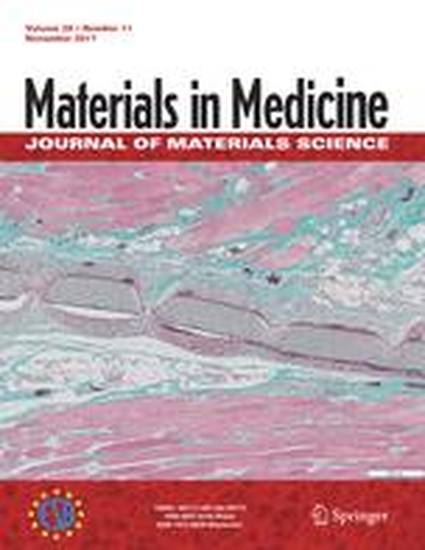
Fluorescein isothiocyanate (FITC)-encapsulated SiO2 core-shell particles with a nanoscale ZnO finishing layer have been synthesized for the first time as multifunctional "smart" nanostructures. Detailed characterization studies confirmed the formation of an outer ZnO layer on the SiO2–FITC core. These ~200 nm sized particles showed promise toward cell imaging and cellular uptake studies using the bacterium Escherichia coli and Jurkat cancer cells, respectively. The FITC encapsulated ZnO particles demonstrated excellent selectivity in preferentially killing Jurkat cancer cells with minimal toxicity to normal primary immune cells (18% and 75% viability remaining, respectively, after exposure to 60 μg/ml) and inhibited the growth of both gram-positive and gram-negative bacteria at concentrations ≥250–500 μg/ml (for Staphylococcus aureus and Escherichia coli, respectively). These results indicate that the novel FITC encapsulated multifunctional particles with nanoscale ZnO surface layer can be used as smart nanostructures for particle tracking, cell imaging, antibacterial treatments and cancer therapy.
Available at: http://works.bepress.com/denise_wingett/12/
